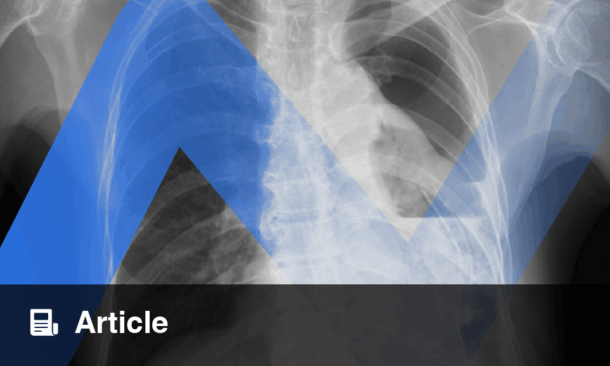Abstract
Gastroenteropancreatic neuroendocrine tumours (GEP-NETs) have the ability to induce symptoms either by their direct mass effect on local tissues (symptoms such as pain, bowel obstruction, obstructive jaundice, and bleeding), or by the ectopic secretion of bioactive compounds. GEP-NETs are frequently associated with significant diagnostic delays, and metastatic disease is often a feature at initial presentation. Quality of life (QoL) research in GEP-NETs is a comparatively new field, with a disease- specific QoL questionnaire, the QLQ-GINET21, having been fully validated only as recently as 2013. It has been reliably demonstrated to date that diarrhoea, fatigue, and flushing are the symptoms provoking the greatest decline in patient QoL. Furthermore, depression is highly prevalent in the GEP-NET population. This paper reviews current understanding and potential future developments in this field.
Please view the full content in the pdf above.








